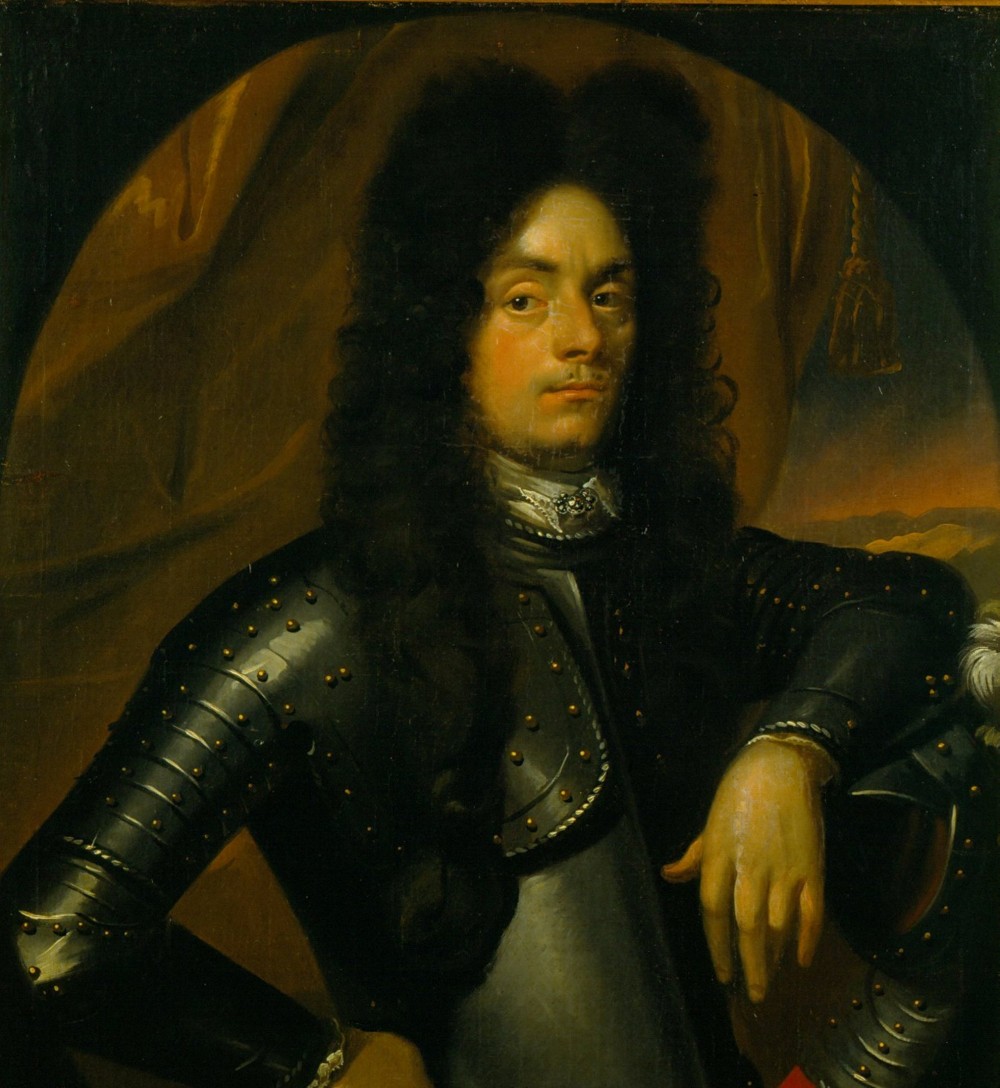
At the beginning of the 18th century, Europe was a theater of war. Most of the European states were engaged in the long and large-scale military conflicts (i.e., the Spanish Heritage War and the Great Northern War). The confrontation of some European rulers and the desire to expand political influence in certain regions has led them to new ways to achieve ambitious goals. In addition to military force, they also referred to the art of diplomacy and the assistance of diplomats, who by their order often collected information about the neighboring states, which were treated both as potential allies and as opponents at the same time. The emergence of some sources written by eyewitness-diplomats and accomplices of the iconic events of the early 18th century was the result of new tactics in the foreign policy of the rulers and their secret advisers. That is why some European diplomats who were in international missions had to be in the role of a spy and an ethnographer-memoirist at the same time. In this article, we would like to focus on the materials of the diplomatic mission of the Danish diplomat Just Juel (1709—1711). Namely, we deal with the travel diary, which, in addition to the description of the journey through Eastern Europe, tells about the features of Danish diplomacy during the Great Northern War and the specifics of the international relations of the early 18th century. Particular attention is paid to Just Juel’s daily life during his stay at the court of Peter the Great and trips around the PolishLithuanian Commonwealth and some Ukrainian territories. Our analysis of the diary casts a new light on the social aspects of the Danish diplomatic mission (1709—1711) and its micro-level. We show how vital was the abundance of food, convenient living conditions, life safety, transportation, leisure time for the early-modern diplomats and their diplomatic activities.
Source: Papa I. (2018) (Not)Everyday Life of the Danish diplomat in Russia (Based on the Travel Diary of Just Juel, 1709–1711). NaUKMA Research Papers. Vol. 1: 3-10
Source web-site: http://nrph.ukma.edu.ua/article/view/152033
Number of views: 2257